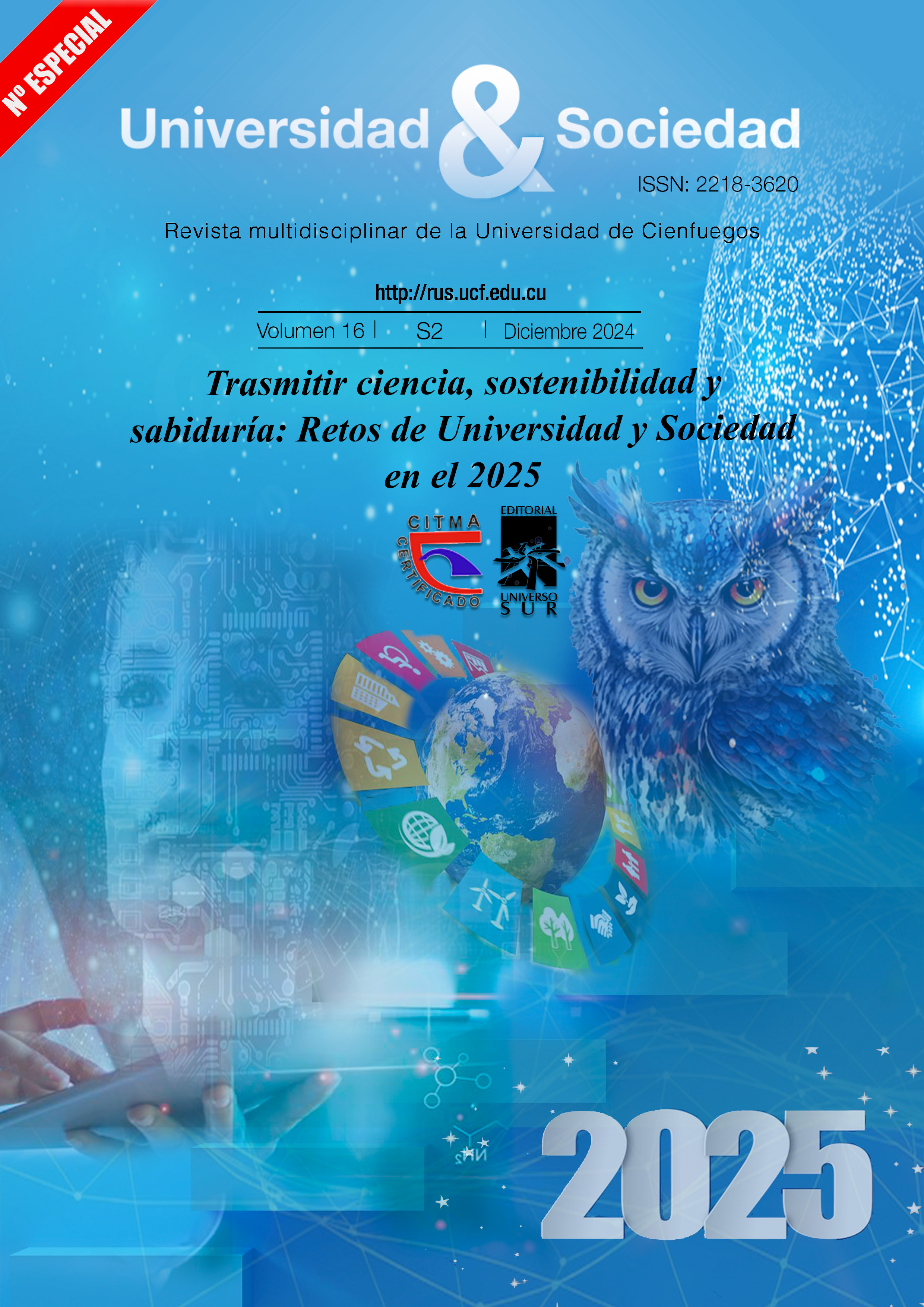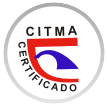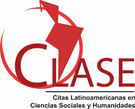Interference of surveillance systems in the right to privacy in Ecuador
Keywords:
Civil liberties, Security, Legal framework, Regulatory strategies, Normative gapsAbstract
In a context of increasing criminality and transnational threats, Ecuador faces the challenge of implementing surveillance systems that, while intended to enhance public security, may severely impact citizens' right to privacy. This research aims to analyze the impact of mass surveillance on civil liberties, evaluating the existing legal framework and proposing regulatory strategies that balance security and privacy. A qualitative-descriptive approach was employed through document review, semi-structured interviews, and case studies. The results reveal significant normative gaps in Ecuadorian legislation, allowing for the excessive use of technologies such as facial recognition without sufficient regulation or oversight. Most experts interviewed expressed concerns about the potential abuse of these technologies, emphasizing the urgency to strengthen the regulatory framework and establish judicial controls. While justified in the name of security, surveillance systems without adequate regulation can lead to violations of human rights, such as privacy and freedom of expression. The proposed regulatory strategies aim not only to enhance public security but also to safeguard citizens' rights, fostering an environment where surveillance is conducted ethically and responsibly, and the dignity of all individuals is respected.
Downloads
Published
How to Cite
Issue
Section
License
Copyright (c) 2025 Editorial "Universo Sur"

This work is licensed under a Creative Commons Attribution-NonCommercial-NoDerivatives 4.0 International License.
La editorial "Universo Sur", de la Universidad de Cienfuegos, publica el contenido de la Revista "Universidad y Sociedad" bajo una Licencia Creative Commons Atribución-NoComercial-SinDerivar 4.0 Internacional.
© Podrá reproducirse, de forma parcial o total, el contenido de esta publicación, siempre que se haga de forma literal y se mencione la fuente.










